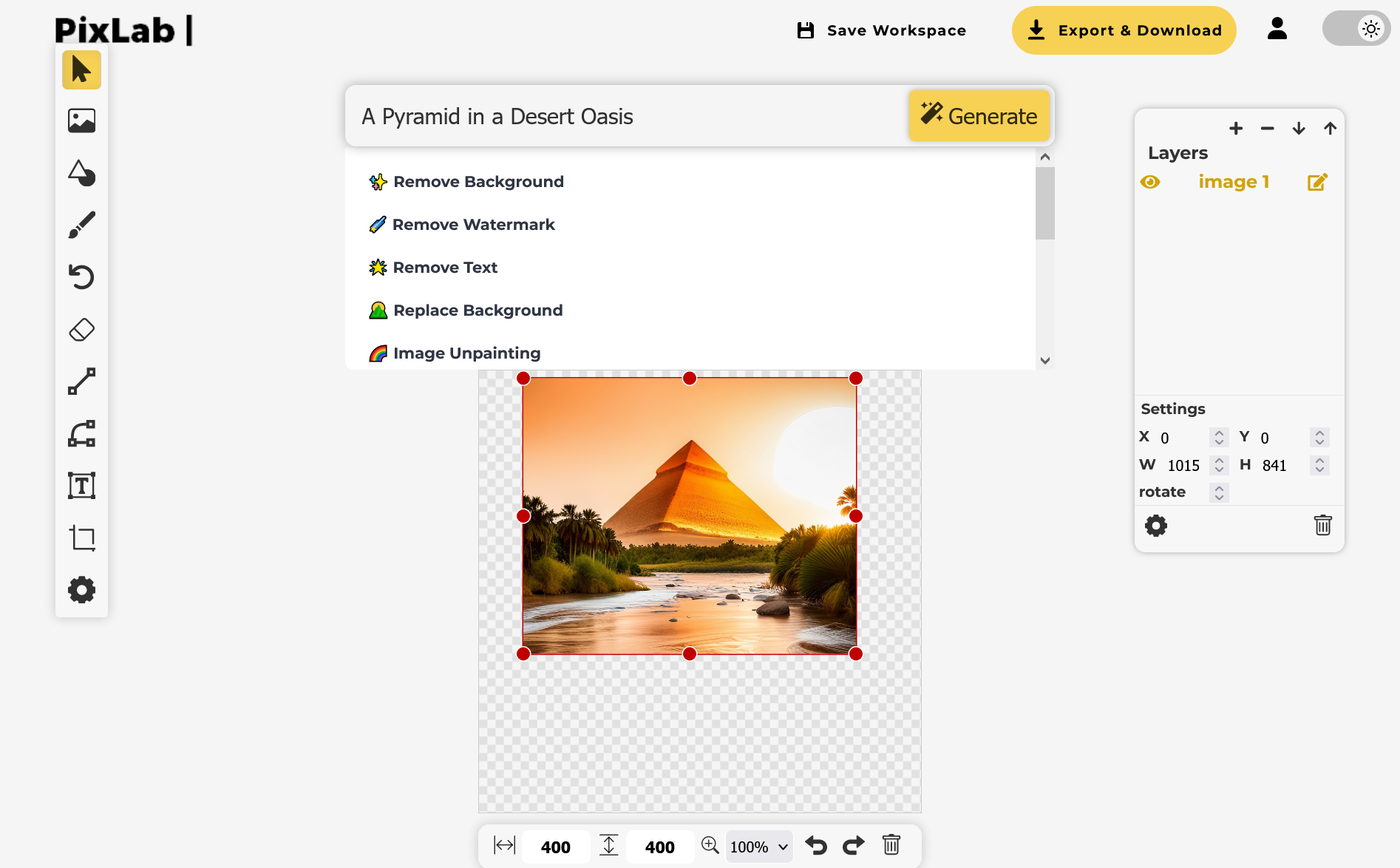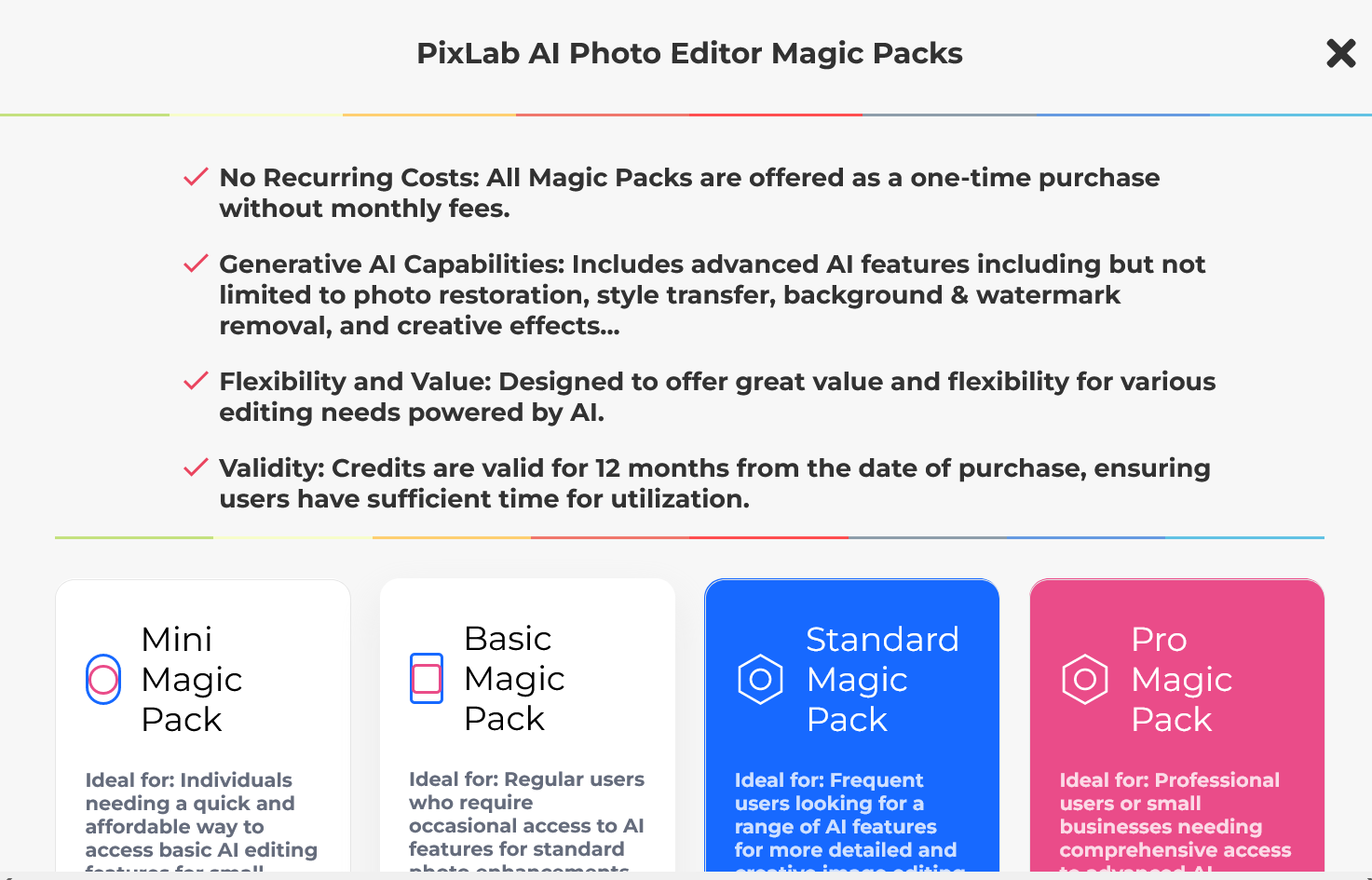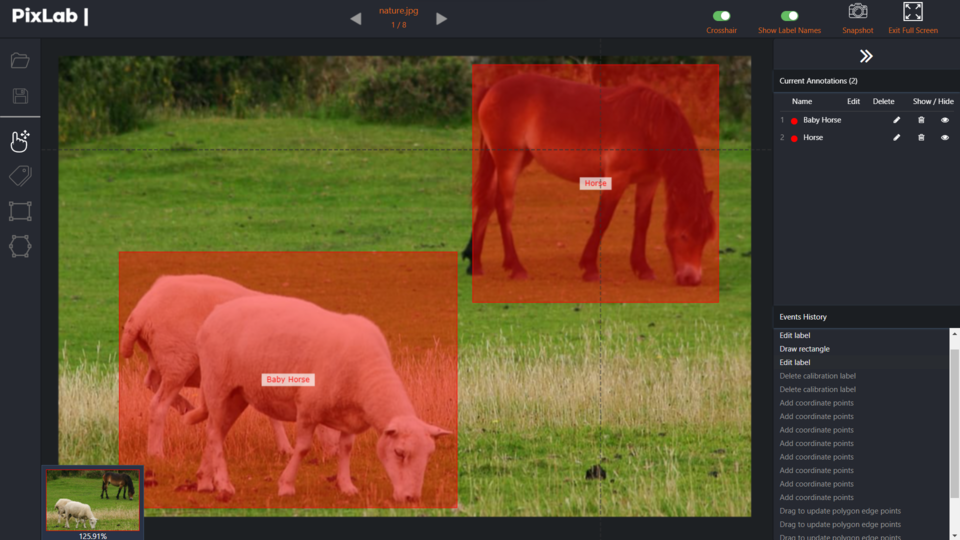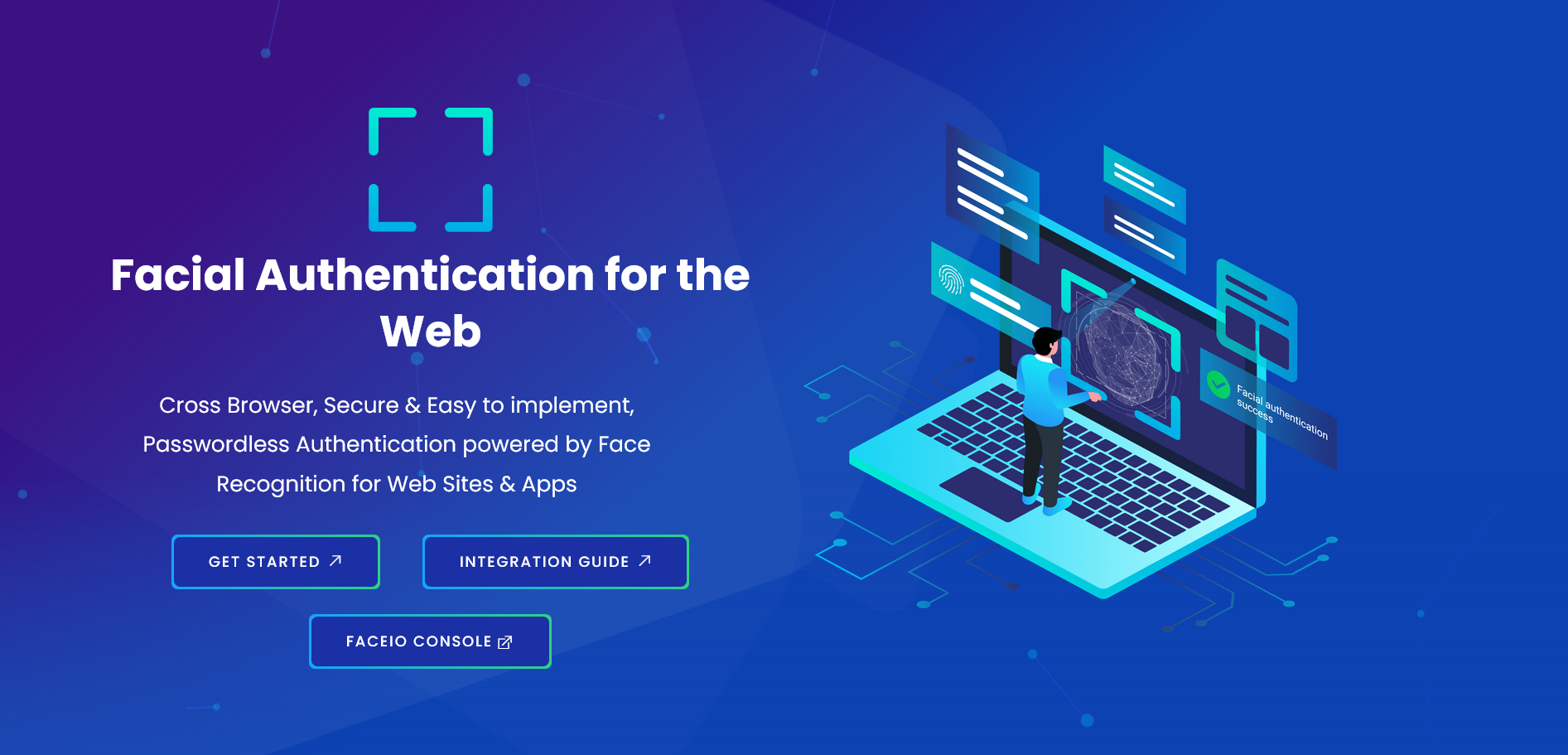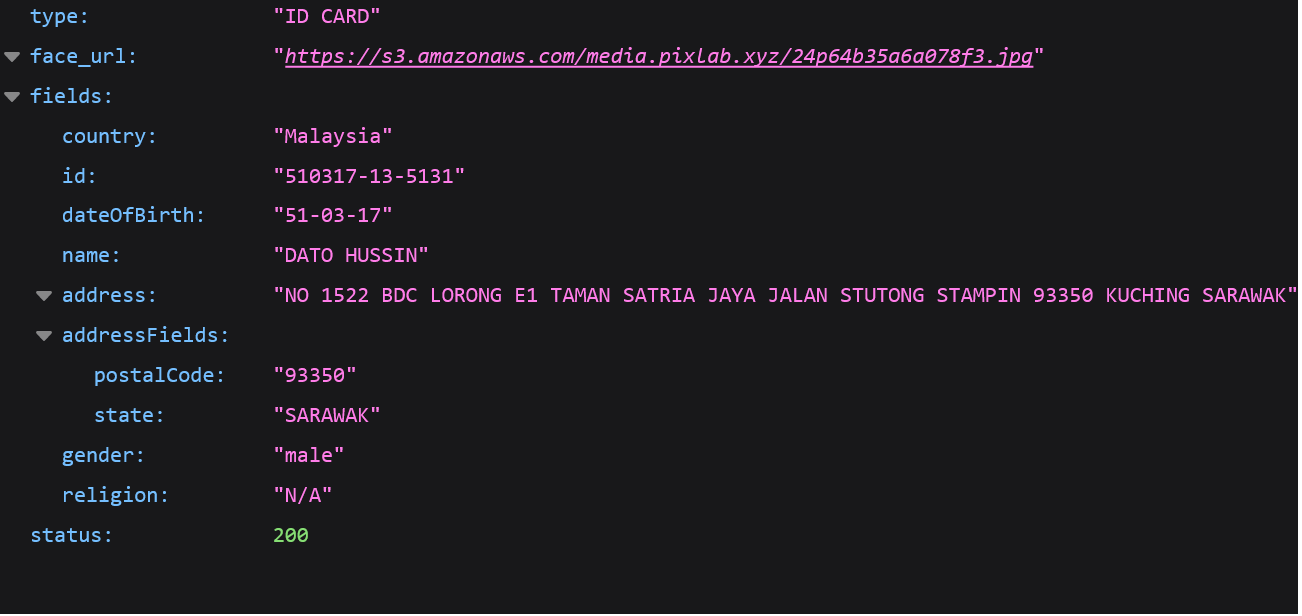PixLab, a leading provider of advanced image and video analysis solutions, is thrilled to to announce the launch of its revolutionary eKYC platform, a game-changing solution for developers designed to streamline and enhance Know Your Customer (KYC) processes.

This state-of-the-art platform introduces DOCSCAN, a powerful REST API endpoint capable of scanning and processing over 11,000 types of ID documents from more than 197 countries, both with and without Machine Readable Zones (MRZ).
At the heart of this platform is the powerful DOCSCAN API endpoint, which offers unparalleled support for ID document scanning and processing.
Why DOCSCAN is a Game Changer
The DOCSCAN API is a single REST API endpoint that can scan and process over 11,000 types of ID documents, both with and without Machine Readable Zones (MRZ), from more than 197 countries. No other KYC platform has achieved such a milestone, making DOCSCAN an essential tool for developers and system integrator.
Key Features
- Comprehensive Document Support: The API supports a vast array of officially issued ID documents, including passports, ID cards, driver's licenses, visas, and birth/death certificates. Learn more about the supported documents and countries.
- Single REST API Endpoint: Simplifies the integration process by providing a single endpoint for all your ID scanning and processing needs. Check out the API documentation for detailed information.
- Advanced Data Extraction: Automatically extracts essential details such as full name, ID number, date of birth, and address, along with automatic face detection and cropping.
- High Volume Processing: Built on a scalable architecture capable of handling millions of API calls monthly, making it ideal for large-scale deployments.
Easy Integration
We understand that seamless integration is crucial for developers. That’s why the DOCSCAN API comes with comprehensive documentation and code samples in multiple programming languages. Whether you’re working with Python, PHP, JavaScript, or Ruby, you’ll find everything you need to get started quickly. Explore our integration guide and start building today.
Real-World Applications
The versatility of the DOCSCAN API makes it suitable for various industries and use cases:
- Financial Services: Streamline customer onboarding and ensure compliance with KYC/AML regulations.
- Healthcare: Enhance patient identity verification processes.
- E-commerce: Prevent fraud and chargebacks by verifying customer identities.
- Travel & Hospitality: Simplify check-in processes and enhance security.
Customer Testimonials
Our customers have already experienced the transformative power of the DOCSCAN API:
"The versatility of the DOCSCAN RESTful API made it perfectly fit into our diverse tech stack. It's reliable and incredibly easy to use for our KYC purposes." - Priya, Software Engineer at Daisy Tech
"DOCSCAN is a game changer; it saved us a lot of development time and made the integration process smooth and straightforward." - Mrad, CTO at Symisc Systems
Get Started Today
Ready to elevate your KYC processes? Visit the new PixLab eKYC Platform and explore the DOCSCAN API documentation to get started. Obtain your first API key from the PixLab Console and start integrating today.
For more detailed information and to begin your integration, visit the following links:
- PixLab eKYC Platform.
- DOCSCAN API Documentation.
- Get Your API Key from the PixLab Console.
Transform your KYC and ID Scan processes with PixLab’s innovative eKYC Platform and the powerful DOCSCAN API Endpoint. We can't wait to see what you build!
Press Release Document: https://pixlab.io/pixlab-docscan-ekyc/-press-release.pdf.


